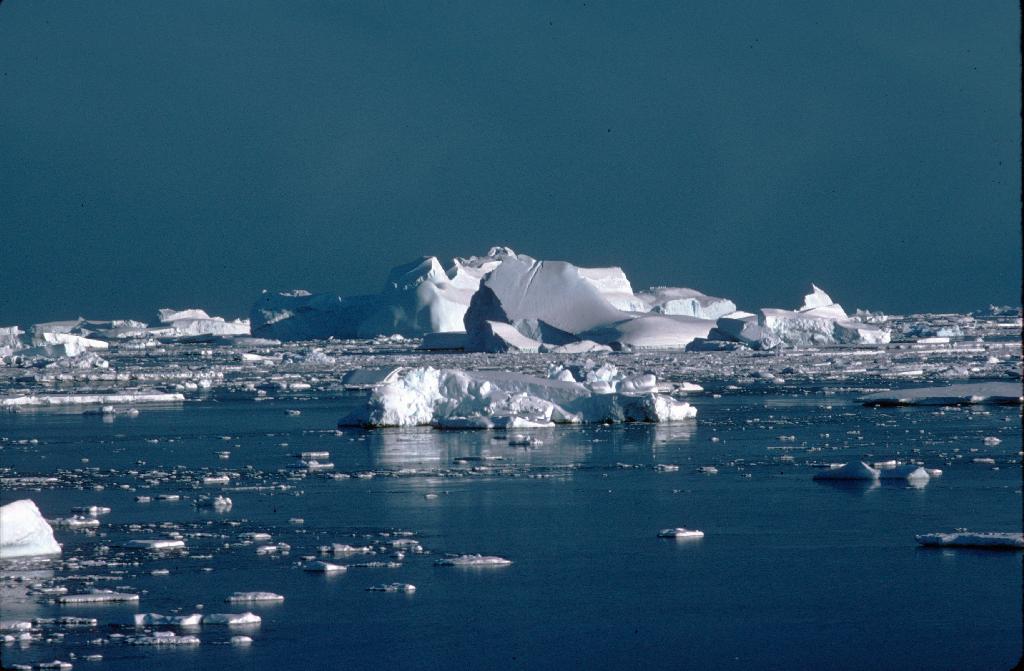
Fact file – salt in our Ice Oceans
Five fast facts regarding salt in our Ice oceans…
- Salinity is the level of salt in dissolved salts in a body of water.
- A few of the salts in the oceans come from deep-sea volcanic vents.
- Salinity is a serious driving force for oceanic currents which have a major effect on global climate.
- Salinity levels vary as fresh water is brought in (via precipitation or melting) alternatively it can taken away (through evaporation or freezing).
- The degree of salt can be measured in several ways, from hand-held scopes. It can also be remotely-operated, unmanned, underwater ones.
Why are our oceans have so much salt?
When water flows over a rock, small quantities of minerals in the rock are eroded away and dissolved into the water. Sea salt is a mixture of some of these minerals, includes things like chloride, sodium, sulphate and magnesium. Rivers add most of the mineral salts to the ocean, but deep-sea hydrothermal vents also contribute some.
What affects salinity levels?
Ocean salinity is dependent on things like rates of precipitation, evaporation, freezing also melting. When ocean water evaporates or ocean ice melts, it leaves behind mineral salts that increase the salinity of the ocean. Precipitation and the melting of ocean ice add freshwater to the ocean, which decreases its salinity.
Why is ocean salinity important?
Salinity is the major thing driving oceanic currents. Surface waters which are subject to evaporation. They result in a higher salinity level than water in depth, leading them to sink and initiate an oceanic ‘conveyor belt’. The ocean’s currents have an important role in local situation. The reason that Canada is so much colder than Russia, despite being at the same latitude, is because of the currents in the North Atlantic. If ocean salinity where to change a lot (due to polar ice melting for instance), it could have a considerable impact on global climate patterns.
How do scientists look at ocean salinity?
There are many ways to check water salinity, ranging from using a hand-held refractometer to analyzing data collected by satellites. The method picked will depend on the question which the research is trying to answer.
One method recently use by the iSTAR programme to analyze the ocean’s role in climate involves utilzing an Autonomous Underwater Vehicle named the Seaglider.The remotely-operated submersible gathers salinity and temperature details between the surface and 1,000m deep. Every time Seaglider surfaces, it beams the oceanic data, along with its exact location, to scientists using satellite transmission.









